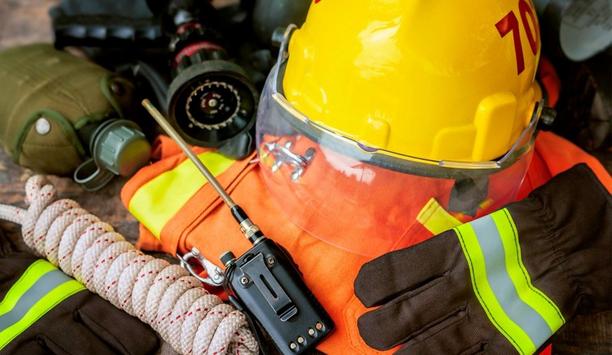Fire alarms are a vital part of a life safety plan, but for children and young people with sending a fire alarm can be an extremely distressing experience; overwhelming senses, causing physical pain, and ultimately creating a barrier to learning – even during planned fire drills.
For individuals with hypersensitivity and sensory difficulties, unplanned and unwanted fire alarms can be even more upsetting evoking panic, confusion, and lasting anxiety, jeopardizing means of escape, and hindering personal emergency evacuation plans (PEEPs) in the event of a real emergency.
suitable warning methods
To ensure inclusion suitable warning methods can include both audible and visual alerts, these make sure people with visual and hearing impairments are made aware of the need to evacuate the building.
However, for learners with sensitivity to light and noise, this can be overly stimulating, and therefore it is important to eliminate unwanted fire alarms and the discomfort they cause.
Cause of false fire alarm
False fire alarms can be caused by the accidental or malicious activation of a fire alarm manual call point
The latest Home Office figures reveal that false fire alarms accounted for 42 percent of the incidents attended by Fire and Rescue Services in England in 2020, with schools particularly prone to unwanted fire signals. In both mainstream and specialist settings, false fire alarms can be caused by the accidental or malicious activation of a fire alarm manual call point, sometimes known as “break glass” call points.
False activations can be the consequence of an unintentional impact to the unit in busy corridors or sports halls, they can also be caused by pupils determined to maliciously raise a false alarm. Both disrupt vital teaching time and result in potentially dangerous unnecessary evacuations.
Preparing for fire alarms
It is possible to prepare children and young people with SEND for fire alarms, whether that be in anticipation of a fire drill or ready them for something they may experience outside of the classroom in wider society.
These strategies might include the use of audio clips of the alarm to help desensitize a child with sensory difficulties, using social stories surrounding fire safety, and ensuring the provision of ear defenders. Unfortunately, it is not always possible to plan for false fire alarms; the confusion of crowded noisy corridors, and a sudden change in schedule caused by an evacuation.
Unnecessary evacuations
The use of evacuation lifts, evacuation chairs, or carry-down procedures all carries a degree of risk
Unnecessary evacuations pose a real danger to the safety of pupils, guidance in the Government’s ‘Means of Escape for Disabled People’ supplementary guide states the level of effort required for an individual with a disability to escape “may not be acceptable for a practice or false alarm.”
The use of evacuation lifts, evacuation chairs, or carry-down procedures all carries a degree of risk that is best avoided in non-emergencies.
Preventing false alarms
Further government advice in the ‘Fire Safety Risk Assessment for Education Premises’ says: “A common problem is the malicious or accidental operation of manual call points. To avoid accidental operation, consider the use of a protective cover around a call point.”
This was supported in a recent British Standard (BS 5839-1:2017) update that recommended manual call points be fitted with a protective cover to prevent false alarms.
Protective covers
Protective covers can retrofit over fire call points, and other buttons and switches vulnerable to false activation. These tough covers can deflect heavy accidental blows from mobility aids, wheelchairs, or learning apparatus – an optional audible alert or break seal can be fitted to guard against malicious activation.
An adapted and inclusive setting is crucial in allowing children and young people with SEND to build the foundations for lifelong learning. It is imperative that they ensure classrooms are a safe space, guarding against false fire alarms prevents the distress and anxiety they cause, eliminating this potential barrier to education.















